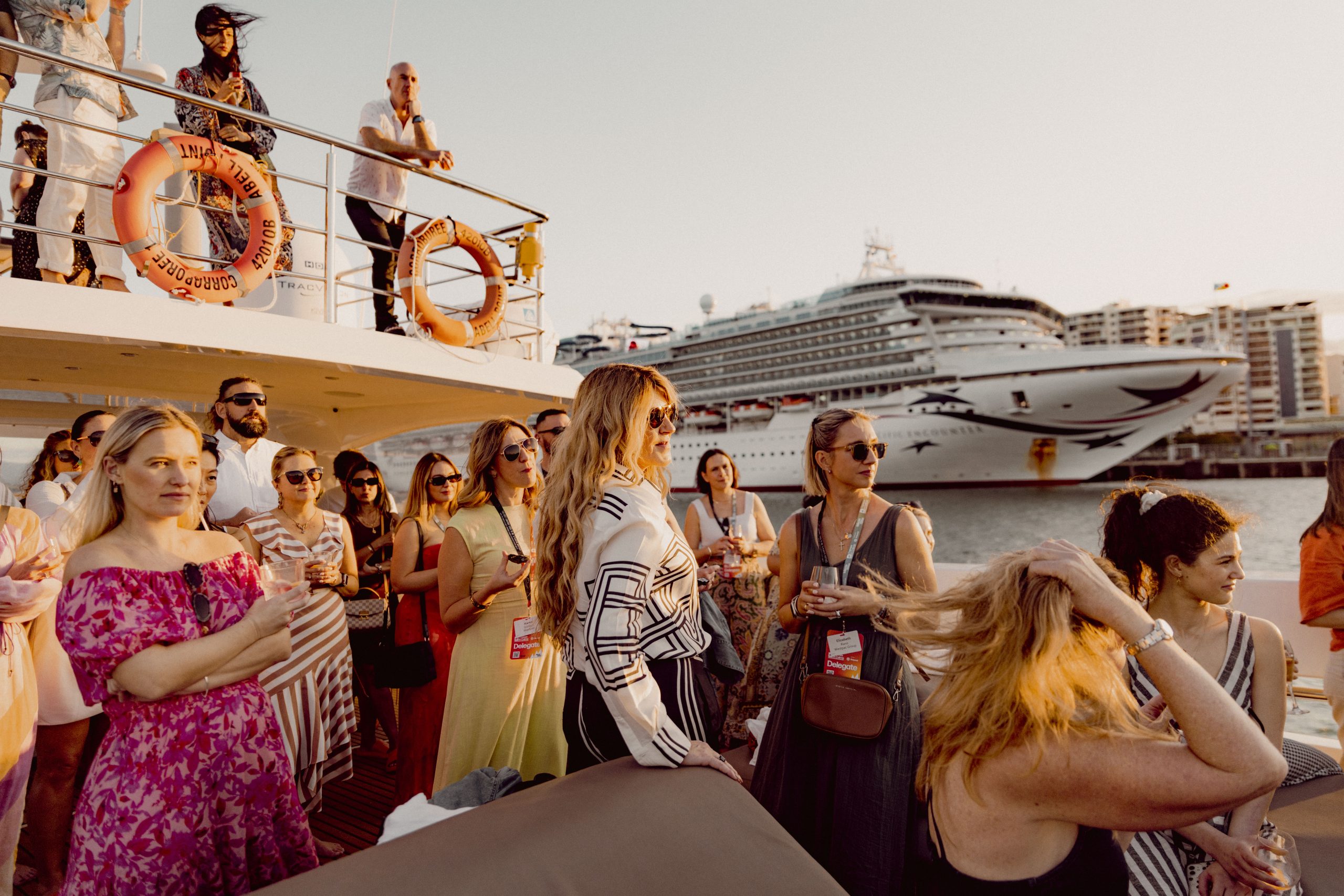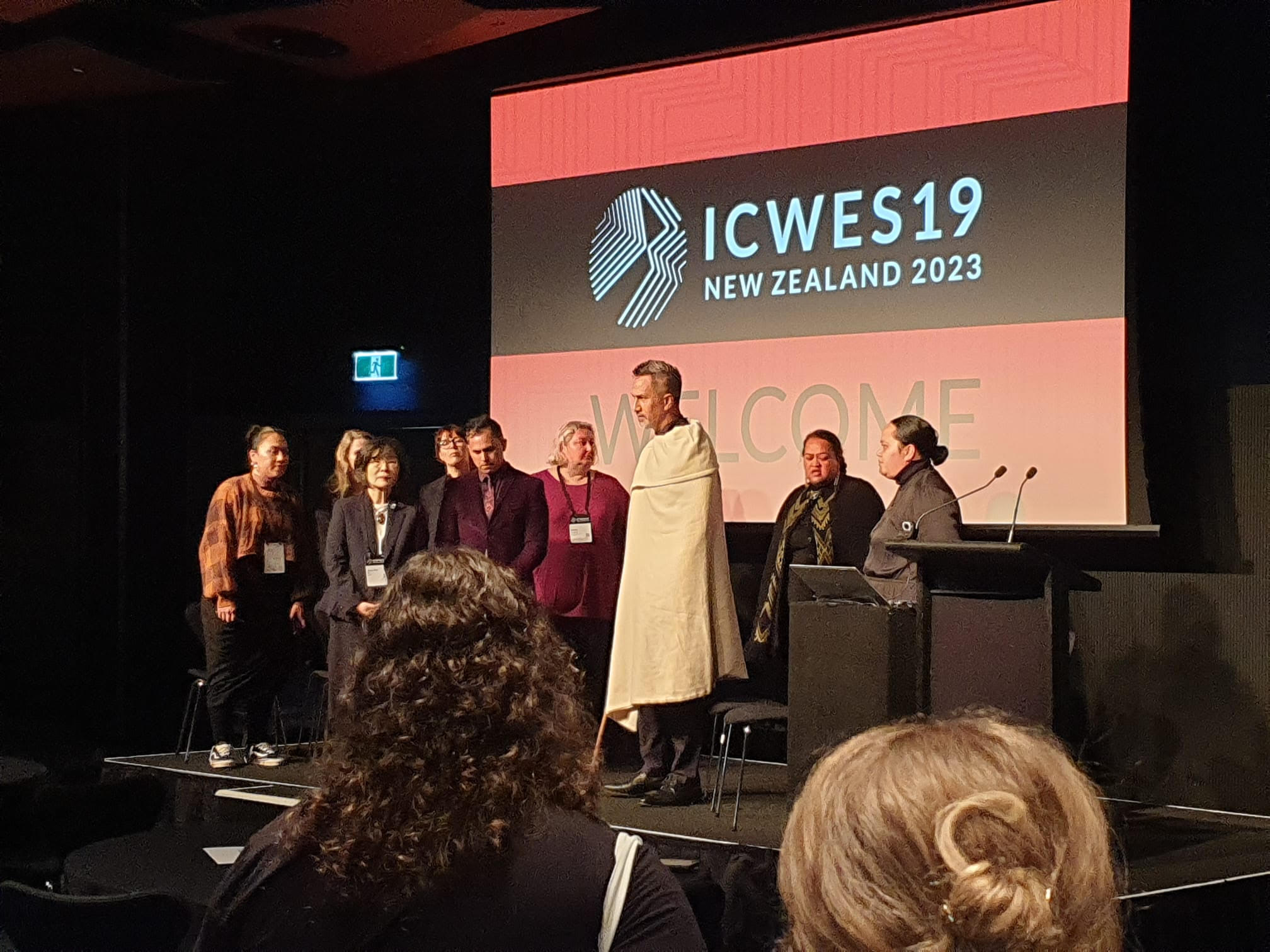Nowadays, many large companies go to exceptional lengths to maintain the health and well-being of their employees. More companies are also paying increasing attention to health – whether of their staff or external customers and clients – at business events, to enhance productivity.
Take for example the Hong Kong Convention and Exhibition Centre (HKCEC), a popular corporate conferencing venue that overlooks the iconic Victoria Harbour. It hosts around 1,000 events annually.
Every year 4.2 million visitors from 150 countries pass in and out of its doors, converging on the array of exhibitions, conferences, entertainment events, food and beverage functions, and press conferences that the venue plays host to.

Each day, when the morning gives way and lunch arrives, its kitchens spring into action, serving delegates a variety of international dishes. These could range from a signature beef stroganoff, Hawaiian seafood pizza, or plates of Chinese roast pork with vegetable and rice – all typically high quality business fare. This happens every day, year in and year out, although the exact list of dishes on the menu will of course be tweaked from one event to another.
Last August, the Natural Products Expo Asia rolled into town. Event organisers, mindful that their delegates were a health-conscious crowd, asked the kitchen staff to serve a selection of organic food and drinks – from buckwheat lasagnas to organic vegetable frittata. This happened again when an annual yoga conference was held in May. The organisers also asked the exhibition centre to set up concession stands stocked with healthy selections such as organic coffee and teas, and hot vegetarian dishes.
“We have noticed a trend of organisers becoming more health conscious,” says a spokeswoman for the HKCEC. Much of the attention, she says, has been focused on making sure that delegates have access to a healthier menu, in the form of fruit and vegetables, as well as to what were once considered exotic items, such as organic coffee and tea. This is a trend the convention centre expects to continue for the foreseeable future, she adds, as people become increasingly aware of the general importance of maintaining good health.
So how should companies organising events work to make sure attending delegates are functioning at the peak of their mental and physical efficiency?
You are what you eat
The most obvious consideration but one that event organisers and companies tend to overlook is what people are spooning into their mouths, says Michael McCalman, executive chef at the InterContinental Grand Stanford Hotel in Hong Kong.
What many tend to do is focus more on budget, typically dismissing providing healthier foods as either bland or too dear.
“Sometimes we sit down with organisers, and start to talk to them about nutrition but they will always be in a hurry. The emphasis tends to be on budget,” he says.
“If you are going to be sitting in meetings all day, it’s important to give people foods that don’t make them fall asleep,” McCalman notes. He adds that companies hosting events are well advised to work closely with the venue’s kitchen staff, not only to prepare food that is healthier and likely to keep delegates productive, but to better tailor menus to tastes and preference so that people will enjoy the food more.
Some hotels and resorts will even have a nutritionist on staff who can assist the executive chef to prepare menus that are both tasty and conducive to a full day’s work.
At the very top of a list of foods to avoid is red meat, he says, which typically has around 30 percent fat and is therefore difficult to digest. Anything that is fried is also considered bad, McCalman points out. Something else to avoid are foods that are high in carbohydrates, such as pasta, or starch, such as desserts or puddings made from flour or potatoes. “These types of foods tend to hit the bottom of the stomach and expand, leaving people feeling bloated,” McCalman says.
For these two reasons, creamy mashed potatoes should be avoided at all costs, since a typical serving would contain 100g of potatoes, and around 30g of butter or cream.
In their place should be “brain food”, or food that stimulates your body rather than slowing it down. This includes fish, chicken, but not pork – which is white meat when cooked but still typically contains high amounts of fat.
In particular, fish tends to be high in Omega-3 fatty acids, which have been generally linked to a host of beneficial effects for the brain.
Fruit and vegetables are generally considered healthy choices since they are easy to digest, but the trick there is to keep in mind that not all vegetables are equally nutritional, especially if they are prepared differently. This is because in many cases they are tossed with copious quantities of butter or other sauces before they are served.
A much better bet is a salad, which in addition to being fresh, has typically been processed less. This means that the food will retain its natural nutritive value that otherwise would be lost each time it is processed, McCalman says. For this same reason, brown rice or cracked wheat serves as a good alternative to pasta or potatoes.
McCalman adds that just as important as the ingredients being served in meals is the manner in which they are served. Here portion size matters as well as timing, the idea being to serve smaller, more regular meals and snacks instead of larger, one-off meals.
He advises event organisers to serve light snacks (such as sandwiches or wraps) during mid-morning and afternoon breaks, to avoid people becoming overly hungry and then over-eating as a result.
Avoid the temptation of serving a buffet lunch, which can cause people to over-eat. Instead, serve a plated lunch that is separated into three courses and give diners rest before diving back into an afternoon of meetings. He recommends lunch breaks to be at least 90 minutes in length, to give bodies adequate time to adjust to the food they have eaten.

Healthy venue
Besides food, there are other no less important considerations, such as where you hold your event, says Ciarra Pajimna, director of events at the Mandarin Oriental Sanya, in Hainan. She says that the choice of where companies hold corporate gatherings can be a significant factor in health and well-being.
“The whole idea behind holding meetings and events away from the office is to bring people to different and better environments, where they can be more productive and creative. If the place that you select looks exactly like another typical office meeting room, then there really is no point in going offsite,” Pajimna says.
Look for meeting rooms that make abundant use of light and space. Rooms with floor-to-ceiling windows not only let in life-giving sunlight, but also afford scenic vistas of the surrounding environment and are ideal. They allow people to feel closer to nature while still enjoying the comfort provided by air-conditioning on a hot day, she says.
Even on brisk, sunny days, resist the temptation to hold meetings outdoor, where ample distraction can await. For example, it can be exceedingly difficult to concentrate with the wind blowing papers about, or nearby children are playing noisily.
Another important point is to find out the interests of the people who are attending the event. This goes a long way toward tailoring group activities that people find interesting, says Pajimna.
This is especially so when using resorts and hotels as a meeting place. Many resorts typically have a wide range of group activities designed to promote health and well-being, and it always pays to consult with a resort’s spa director about the types of packages and programmes on offer – especially since often they can provide generous group discounts.
For example, the Mandarin Oriental at Sanya provides spa packages that range from a quick 30-minute “spa break” consisting of mini-back and shoulder massages during coffee breaks in between meetings, to use of its spa lounge or even an elaborate “spa night” set-up, where people can relax in a carefully crafted décor surrounded by floating candles and relaxing scent.
For those who are more physically active, the resort also offers a special “spirit of Shaolin wellness programme”. This comprises kung fu self-defence classes taught by Shaolin masters, complimented by lessons in Zen meditation, tea ceremony, and traditional Chinese medicine and designed to help people find harmony though these ancient Chinese practices.
The resort also has qualified instructors specialising in tai chi, qi gong, as well as yoga techniques. There is also a range of watersport activities to choose from, such as boat cruises, deep-sea fishing, snorkelling, and diving.
Finally, if all else fails, executives can have a choice of an afternoon of golf at nearby Lu Hui Tou Golf Course or Forest Valley Golf.
Pajimna notes, however, that when booking physical activities, planners should get a general sense of their group’s health and physical fitness level, to make sure nobody feels overwhelmed by over-strenuous exercise.
Finally, she says that many hotels or resorts have complimentary activities that companies working on tight budgets can take advantage of. This could range from gym workouts, steam baths, saunas, to use of sports facilities such as tennis or basketball courts.
Take it easy
One common mistake companies make when holding offsite events is to cram their itineraries, trying to squeeze as much work as possible into a limited time frame.
“They shouldn’t over-plan their agenda. You can get more from somebody who is healthy and mentally refreshed as opposed to someone who is stressed out or bored out of their minds,” Pajimna says.
Rather than stick to a standard two- or three-day visit, she recommends companies stretch stays to four days, so that attendees can be given enough breathing space to relax and enjoy the beautiful surroundings. It is also important to find a suitable balance between work and leisure, she says.
For example, a typical day could begin at around 7am, with a simple group exercise such as classes in yoga, tai chi or kung fu that could last anywhere from 20 to 45 minutes. This would help to enhance blood circulation, which will help delegates stay energetic throughout the rest of the day. Breakfast would follow at 8am.
The temptation to avoid here is to dive straight into work right afterwards. She recommends groups instead take a more leisurely pace, beginning the work day at around 9.30am.
Lunch would follow after a morning’s session of work. Here, there is another opportunity to do a short activity such as a simple breathing exercise before launching into the afternoon. Long three-hour meeting sessions should be broken down into two, with a short 15- to 20-minute break to give people time to freshen up and to prepare for the next items on their agenda.
Alternatively, some companies opt to do a half day of work in the morning, with the afternoon spent on a private class such as yoga or tai chi, or participate in a teambuilding exercise, she says. Ideally, the day should end when the sun goes down at around 6pm, giving attendees the whole of the evening to do as they please.
“At a resort, if you are finishing your day at 8pm and then you’ve got another meeting scheduled for a bright and early start the next morning, then you’re probably doing something wrong,” Pajimna says.


